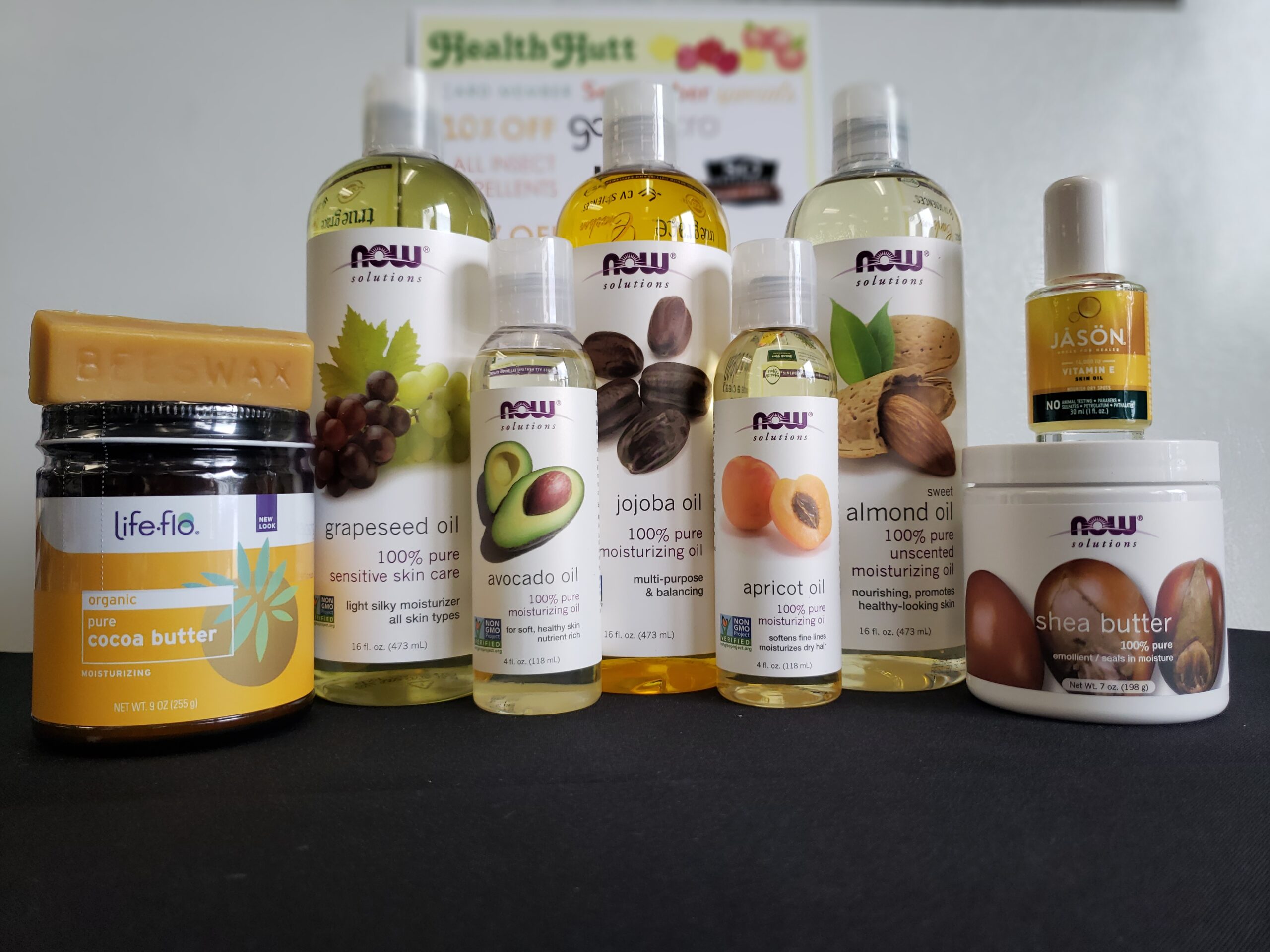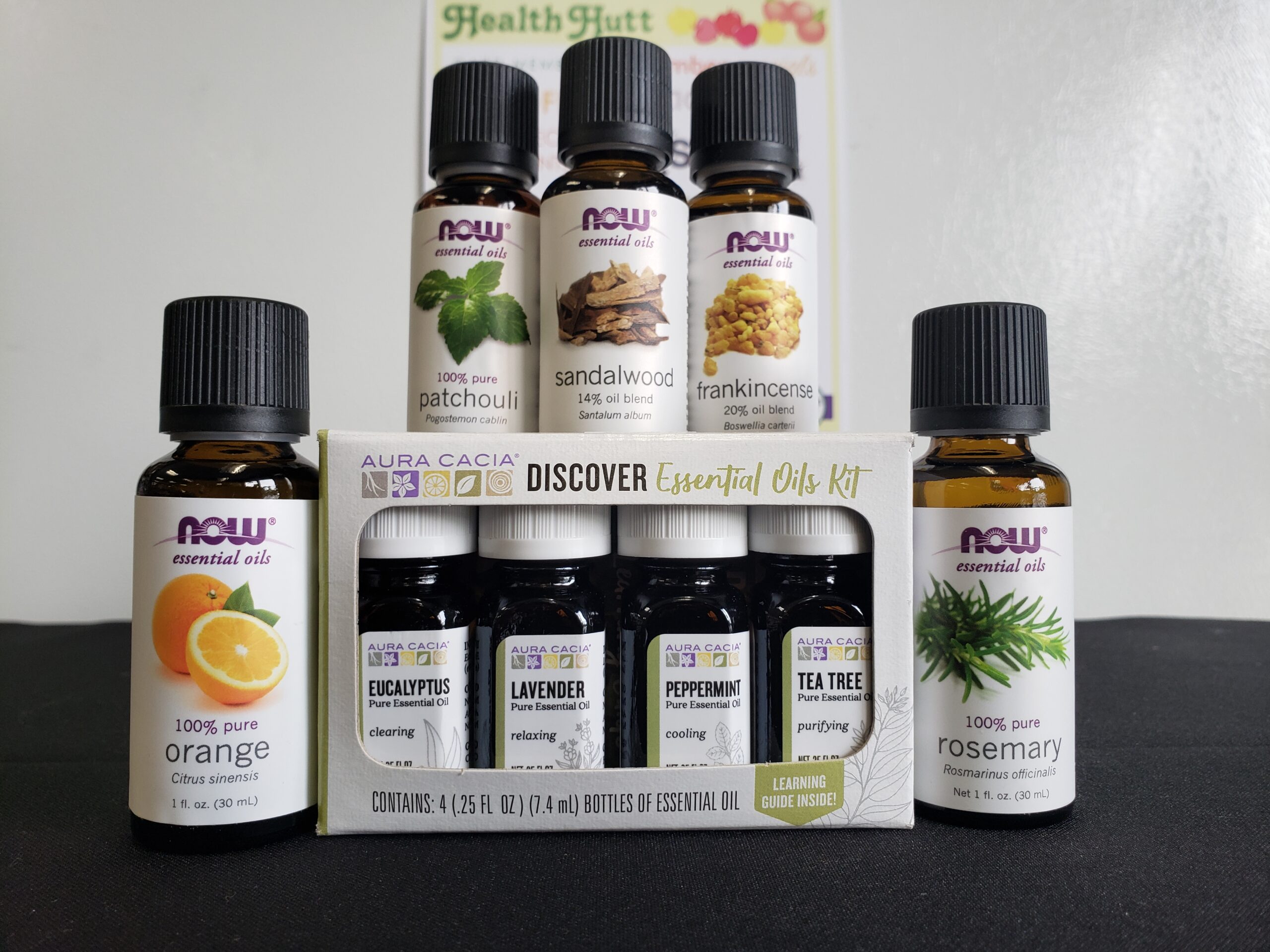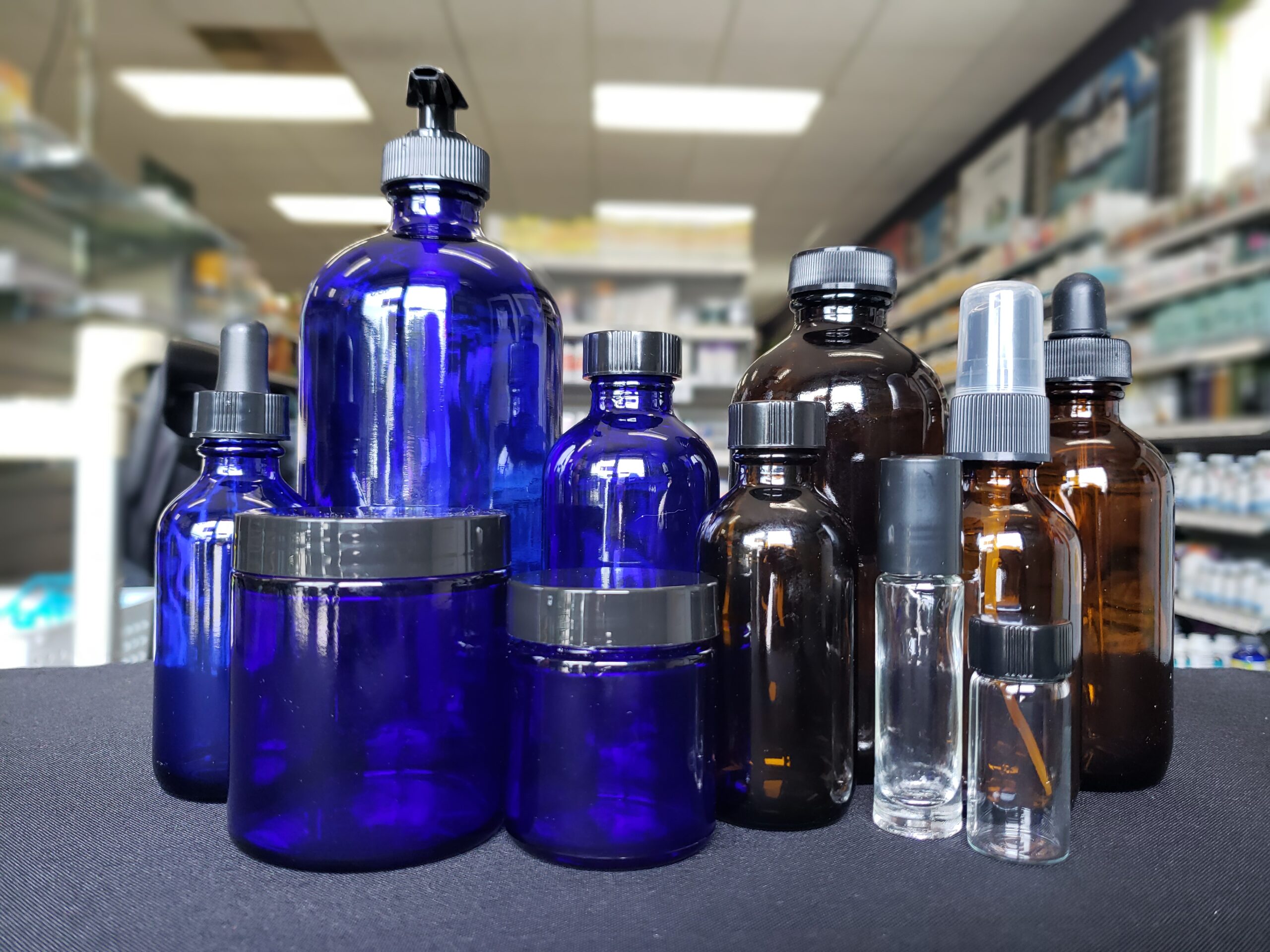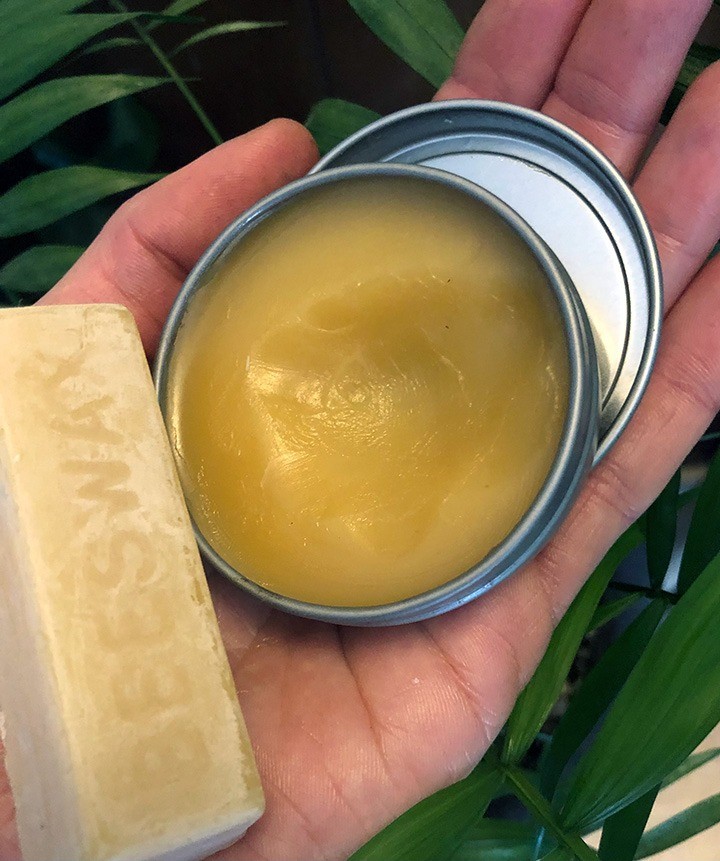Firstly, salve is an ointment used on the skin with healing and soothing properties. Making a salve at home is probably much easier than you might expect. A good way to approach salve making when you first start is to keep it simple and be willing to experiment a little. This blog runs through the basics of making a simple salve. For a great single herb salve recipe and blog post, Homestead and Chill's Lavender Salve is a wonderful resource. Let's get started! Here's what you need to make a salve:
- Warming System
- Carrier Oil
- Essential Oils and/or Herbs
- Beeswax
- Salve Containers
Here are the basic instructions for making a salve:
- Add oil and beeswax to the warming system and put on low heat until the beeswax melts into the oil.
- Add your essential oils of choice.
- From here you can pour the finished product into your salve containers - make sure it is still liquid but not too hot.
- Once it cools, the beeswax re-hardens with the oil to form the consistency of salve.
That’s it! Let's get into a little detail.
Warming System
The goal is to keep the oil and beeswax from burning. A common tool is a classic double boiler. You can make your own double boiler by placing a pot of water on the stove and putting a smaller pot inside. Then put the ingredient inside the second, smaller pot. If you have one, a small crockpot is a great choice that is safe, especially if working with kids.
Carrier Oil
There are many great options for oil. From your kitchen you can use olive oil or coconut oil. Some oils have more smell than others. Each oil has it's own properties, which you can learn over time if you keep creating more salves. Here are oil options:
- Almond Oil
- Apricot Oil
- Avocado Oil
- Coconut Oil
- Jojoba Oil
- Grapeseed Oil
- Olive Oil

Infusing the Oil
You can keep it simple and just use essential oils for your first salve or you can infuse your oil with herbs. You can really use any amount of herbs, but here are recommended amounts: 1 cup of dried herb per 2–3 cups of oil or 1 ounce of dried herb per 8 ounces of oil. To infuse here are two approaches, active and passive.
Active
Put oil into warming system (double boiler or crockpot), add dried herbs, and heat mixture for 2-3 hours. This option is great for making salves quickly. This works especially well with coconut oil in cooler temps as it is solid at room temperature.
Passive
To make infused oil passively simply put dried herbs into a clean glass container, add oil, and set in the sun for a few weeks. The window sill or counter top are good places to set the oil while it infuses. You can also store the oil in a dark place for a month of more. If you choose to store it in the dark, just make sure the herbs are fully submerged in oil and that the container is air tight.
Once the oil is infused, strain the oil through a cheesecloth to remove all the plant debris.
Essential Oils and Herbs
Essential oils and herbs can be chosen as an active ingredient with a purpose, for their aroma, and/or aromatherapy benefits. Check out our blog post Essential Oil Starter Guide to read about some good essential oils to start with and their qualities. The oils in this blog are not the only useful essential oils, but are a good place to start! Remember to keep it simple at the beginning when choosing an oil or oils for your salve.
Essential Oils for Skin
- Bergamot
- Carrot Seed (nourishing)
- Cedarwood
- Clary Sage
- Eucalyptus
- Frankincense
- Geranium
- Ginger
- Lavender
- Lemon
- Patchouli
- Peppermint
- Rose
- Rosemary
- Sandalwood
- Spike Lavender
- Sweet Marjoram
- Sweet Orange
- Tea Tree
- Vetiver
Here are just a few herbs to start with if you want to try infusing an oil.
Herbs
- Calendula
- Comfrey
- Lavender
- Peppermint
- Rose
- Rosemary
Beeswax
For a medium salve you can use 1 part beeswax to 4 parts oil. Using more beeswax will make a firmer salve, less beeswax means a softer salve. You really cannot go wrong. Once you melt the beeswax and oil together, you can always pour a little out to see how it hardens. If you don't like the consistency, just warm the mixture back up and either add more oil (want it softer) or beeswax (want it firmer).
Many salve recipes use more than just oil and beeswax. Using ingredients like shea butter or cocoa butter will change the ratio a little. There is a link to a great recipe below!
Salve Containers
Either purchase new containers for salves or used recycled containers like mint tins or small glass mason jars.


Summary
If you are unsure about experimenting, this recipe and blog Homestead and Chill Lavender Salve explains everything really well and offers are measured recipe. Lavender is an incredible plant to start with for salves! The blog explains creating a Lavender salve with infused oil or essential oils. You could mimic this recipe for any single herb/essential oil of your choice.
A single herb salve can have plenty of healing properties and the oil you choose, as well as the beeswax, also has skin soothing properties.
Here are three other options for further reading and variations.
Soothing Skin and Muscles Tension Salve by Blissed Mama
Healing Salve with Essential Oils and Shea Butter
Herbal Academy Burn Salve with Essential Oil and Infused Oils
